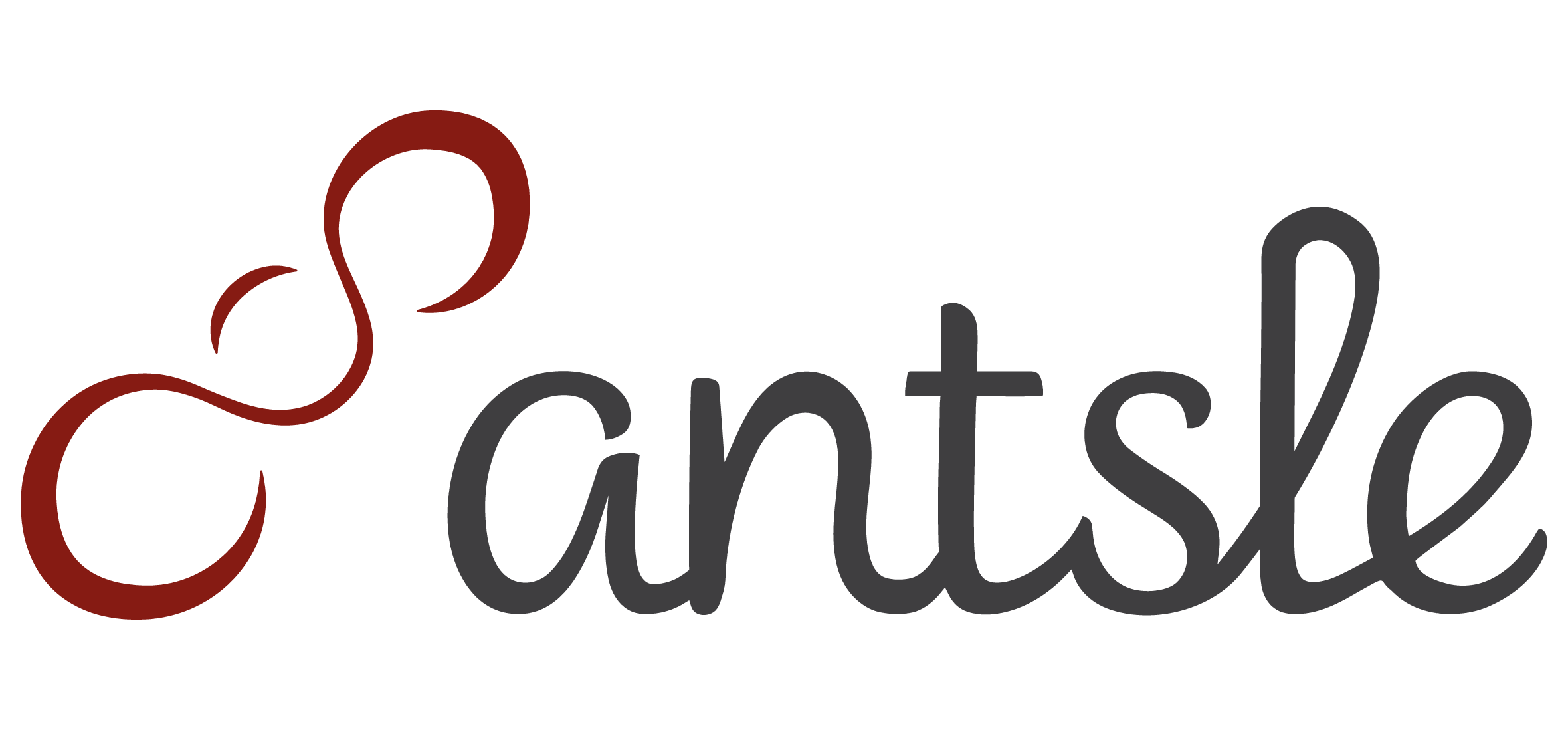How I Built My Very Own Safe Harbor – the Safest of All

There was that term again: Safe Harbor…
I read it in the press a lot in November 2015, when the EU ruled that the US cannot be considered a safe harbor when sending data across the big pond. OK, I thought, so the US is not a safe harbor for data coming from the EU. Then I thought: Is it a safe harbor for my own data? I’m a US resident, so virtually all of my data originates in the US. But what happens to all the data that I create, or that I simply collect from other sources? These days, we literally cannot escape the so-called “cloud”. Companies like google or Amazon – I call them the Internet dinosaurs – are offering us cloud storage and all kinds of cloud services. And what does that mean to my data? And – given the fact that I develop software and that I also install and run lots of open source software – what does it mean to my code?
I thought about it and came to the conclusion that the EU is right. My code and my data is distributed over so many data centers. I don’t even know where they are and who controls them. It’s safe to say that the overwhelming majority of these data centers are constantly monitored by government agencies. It’s safe to say that there are always a few of these data centers and a few among the Internet dinosaurs that don’t enforce privacy policies all too strictly. Proof is the amount of spam in my inbox. It’s also a fact that many of these Internet dinosaurs use my data for advertising purposes, sometimes even if I’m already paying them. They just want their money from many different sources, even if these sources have diverging interests.
My very own Safe Harbor
The whole cloud idea is easy to use, while at the time being the opposite of a safe harbor. My creed is a different one. It’s a creed of freedom, independence and autonomy. That’s what our country as well as the Internet is all about. At least that’s what I believe.
That was the moment when the idea about my company antsle was born. I want to outsmart the Internet’s dinosaurs. Escape their tentacles. Be free, independent and autonomous. And escape their marketing and greed – I was fed up with paying extra for every single feature/service/instance/user/droplet… You name it.
So I teamed up with Kurt and Johannes and founded antsle. We believe the time has come to move the data center from the sphere of control of the big companies to our own homes. It’s technically feasible these days. We have powerful CPUs that don’t produce a lot of heat, a prerequisite for silent servers that run at home. Technology has recently progressed to raise virtualization to new levels, especially operating system level virtualization that produces no performance or memory overhead. That makes hundreds of virtual servers possible in a small and beautiful home box. And a third factor: Broadband adoption has finally taken off! Most of us have enough bandwidth at home to actually host our own servers now. And we’re already paying for that bandwidth – so why not harness it?
The three of us realized we share the same creed: the creed of Autonomous Web Hosting, a movement that we are spearheading. And we see a lot of others that are joining that bandwagon.
“People who are really serious about software should make their own hardware.”
— Alan Kay, famously quoted by Steve Jobs
So we worked together to find a way to create the perfect home server that fits the purpose. We had a lot of ideas, and discussed many ways to select the right hardware and develop the right software to make the perfect solution for Autonomous Web Hosting. We even asked ourselves the question: “What would have been Steve Jobs’ approach if he was about to disrupt the server market?” We made a lot of mistakes. We admitted them, fixed them, and moved on. The end result is a pretty cool and unique solution. A solution that is ready to boost the Autonomous Web Hosting revolution, that is fun to use, simple, powerful and beautiful.
We love our antsle. Check out https://antsle.com to see if you love it, too.
